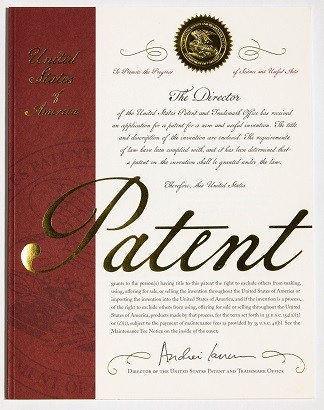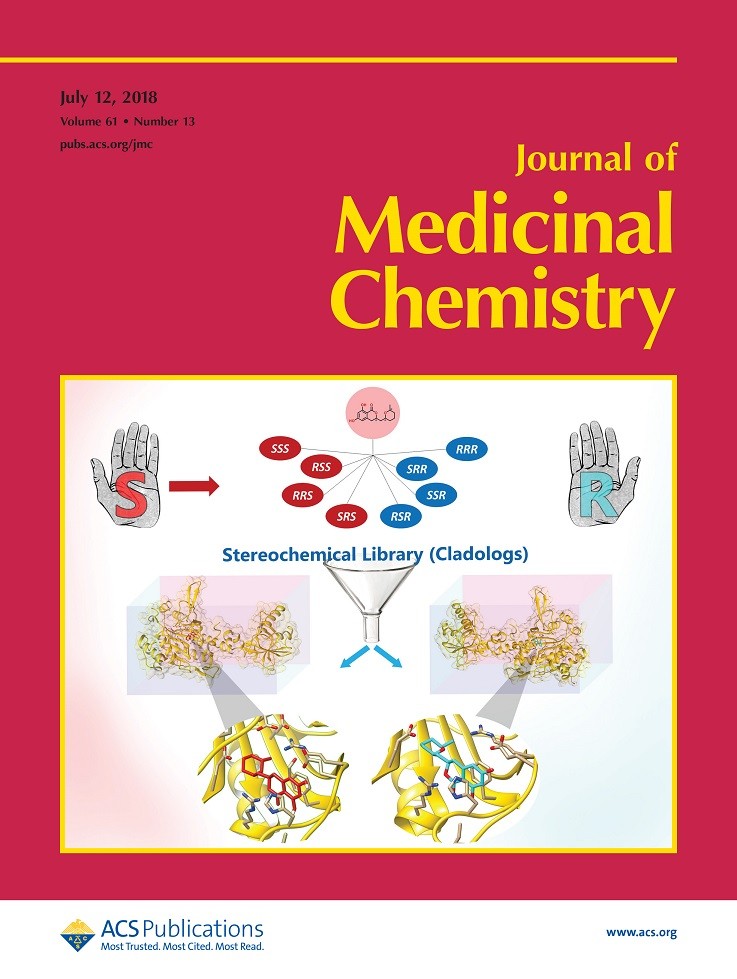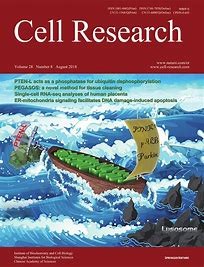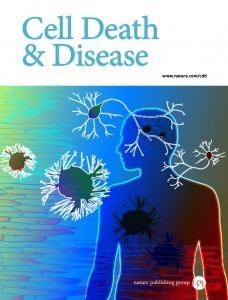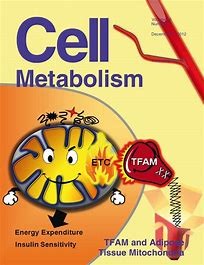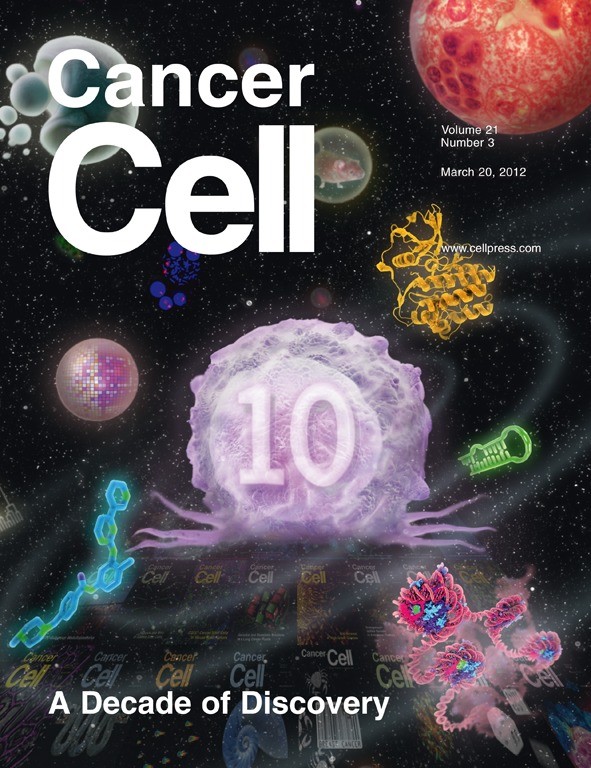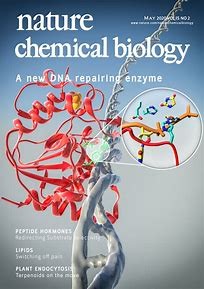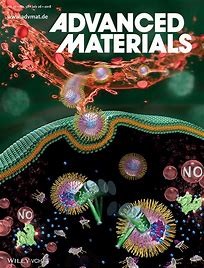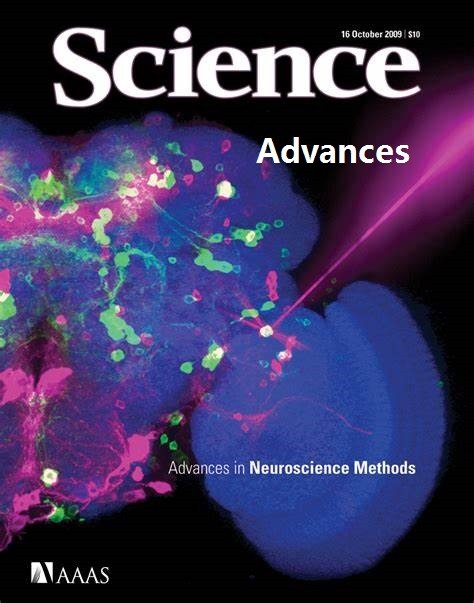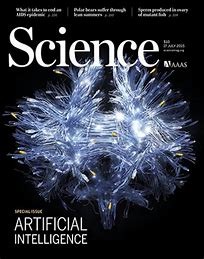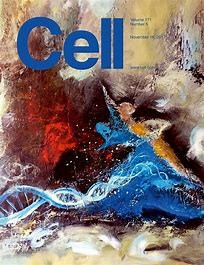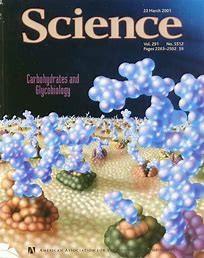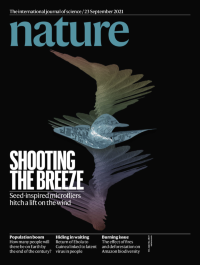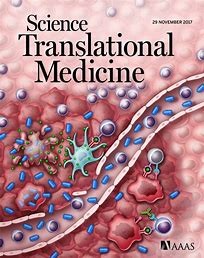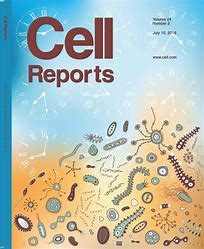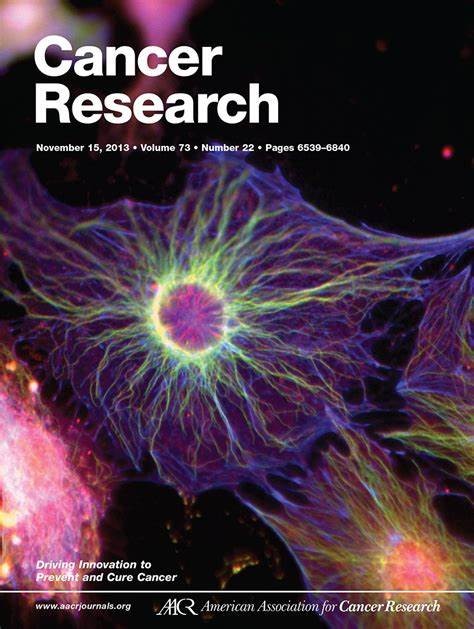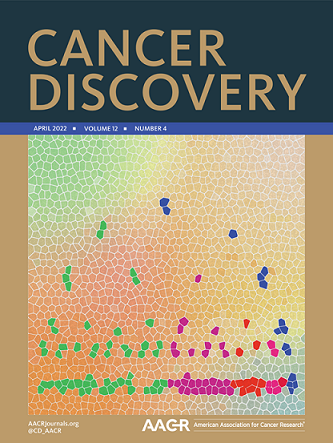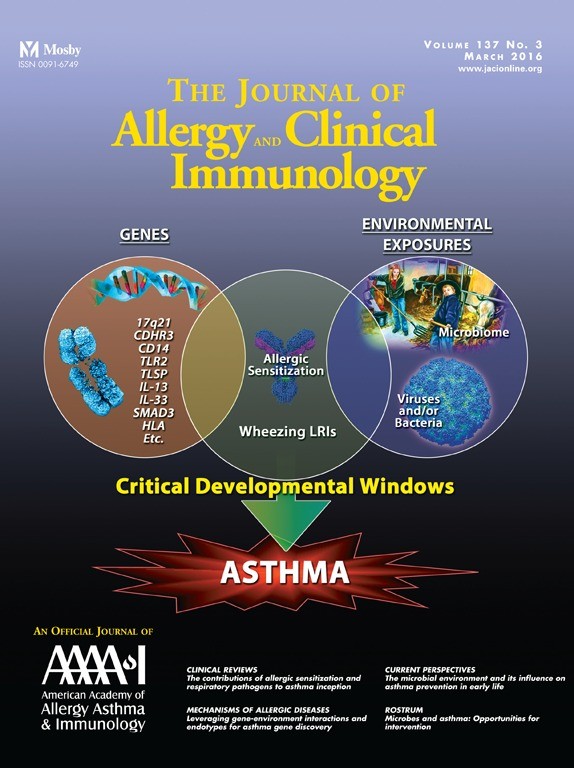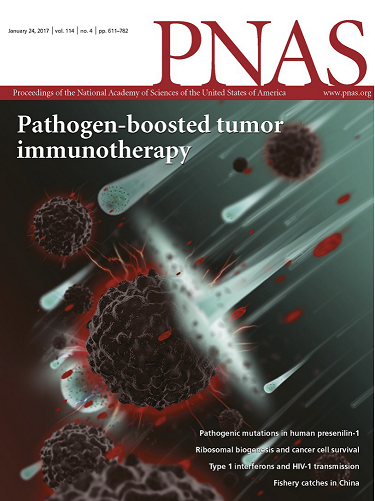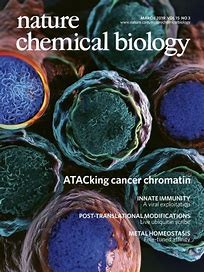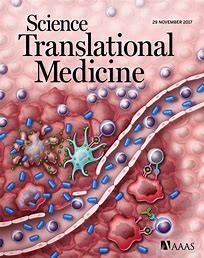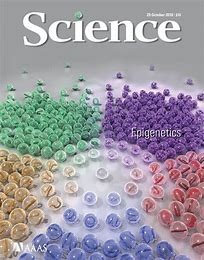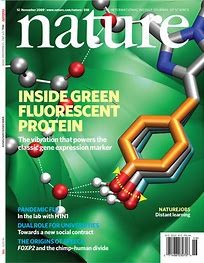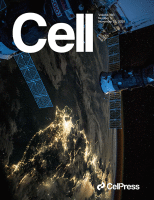This product is for research use only, not for human use. We do not sell to patients.
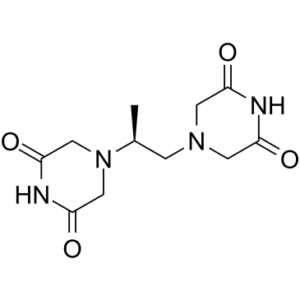
| Size | Price | Stock |
|---|---|---|
| 50mg | $50 | 3-6 Days |
| 100mg | $70 | 3-6 Days |
| 250mg | $100 | 3-6 Days |
| 500mg | $150 | 3-6 Days |
| 1g | $250 | 3-6 Days |
| 5g | $700 | 3-6 Days |
| 10g | $1250 | 3-6 Days |
Cat #: V4897 CAS #: 24584-09-6 Purity ≥ 98%
Description: Dexrazoxane (formerly also known as ICRF-187; ADR-529; NSC-169780) is an intracellular iron chelator, which decreases the formation of superoxide radicals, and is mainly used as a cardioprotective agent. As a derivative of EDTA, dexrazoxane chelates iron, but the precise mechanism by which it protects the heart is not known. This agent is used to protect the heart against the cardiotoxic side effects. Dexrazoxane (10 mM), known clinically to limit anthracycline cardiac toxicity, prevents daunorubicin-induced myocyte apoptosis, but not necrosis induced by higher anthracycline concentrations in rat cardiac myocytes.
Publications Citing InvivoChem Products
Product Promise

- Physicochemical and Storage Information
- Protocol
- Related Biological Data
- Stock Solution Preparation
- Quality Control Documentation
| Molecular Weight (MW) | 268.27 |
|---|---|
| Molecular Formula | C11H16N4O4 |
| CAS No. | 24584-09-6 |
| Storage | -20℃ for 3 years in powder form |
| -80℃ for 2 years in solvent | |
| Solubility In Vitro | DMSO: N/A |
| Water: N/A | |
| Ethanol: <1 mg/mL | |
| Synonyms | ICRF-187 (ADR-529) HCl; (+)-Razoxane hydrochloride, ADR-529 hydrochloride, Cardioxan, Dexrazoxane HCl, Dexrazoxane hydrochloride, ICRF-187 hydrochloride, Savene; ADR529; ADR-529; ADR 529; ICRF-187; ICRF187; ICRF 187; NSC169780; NSC-169780; NSC 169780; Cardioxan; Cardioxane; US brand names: Totect; Zinecard. Foreign brand names: Cardioxane Savene. |
| Protocol | In Vitro | In vitro activity: Dexrazoxane (10 mM), known clinically to limit anthracycline cardiac toxicity, prevents daunorubicin-induced myocyte apoptosis, but not necrosis induced by higher anthracycline concentrations in rat cardiac myocytes. Dexrazoxane presumably exerts its cardioprotective effects by either binding free or loosely bound iron, or iron complexed to doxorubicin, thus preventing or reducing site-specific oxygen radical production that damages cellular components. Dexrazoxane specifically abolishes the DNA damage signal gamma-H2AX induced by doxorubicin, but not camptothecin or hydrogen peroxide, in H9C2 cardiomyocytes. Dexrazoxane also induces rapid degradation of Top2beta, which paralleles the reduction of doxorubicin-induced DNA damage. Dexrazoxane antagonizes doxorubicin-induced DNA damage through its interference with Top2beta, which could implicate Top2beta in doxorubicin cardiotoxicity. Dexrazoxane is hydrolyzed to its active form intracellularly and binds iron to prevent the formation of superhydroxide radicals, thus preventing mitochondrial destruction. |
|---|---|---|
| In Vivo | Dexrazoxane combined with doxorubicin, daunorubicin, or idarubicin reduces the tissue lesions in B6D2F1 mice (expressed as area under the curve of wound size times duration) by 96%, 70%, and 87%, respectively. Dexrazoxane combined with doxorubicin, daunorubicin, or idarubicin results in a statistically significant reduction in the fraction of mice with wounds as well as the duration of wounds. | |
| Animal model | B6D2F1 mice |
| Solvent volume to be added | Mass (the weight of a compound) | |||
|---|---|---|---|---|
| Mother liquor concentration | 1mg | 5mg | 10mg | 20mg |
| 1mM | 3.7276 mL | 18.6379 mL | 37.2759 mL | 74.5518 mL |
| 5mM | 0.7455 mL | 3.7276 mL | 7.4552 mL | 14.9104 mL |
| 10mM | 0.3728 mL | 1.8638 mL | 3.7276 mL | 7.4552 mL |
| 20mM | 0.1864 mL | 0.9319 mL | 1.8638 mL | 3.7276 mL |
This equation is commonly abbreviated as: C1 V1 = C2 V2
- (1) Please be sure that the solution is clear before the addition of next solvent. Dissolution methods like vortex, ultrasound or warming and heat may be used to aid dissolving.
- (2) Be sure to add the solvent(s) in order.
